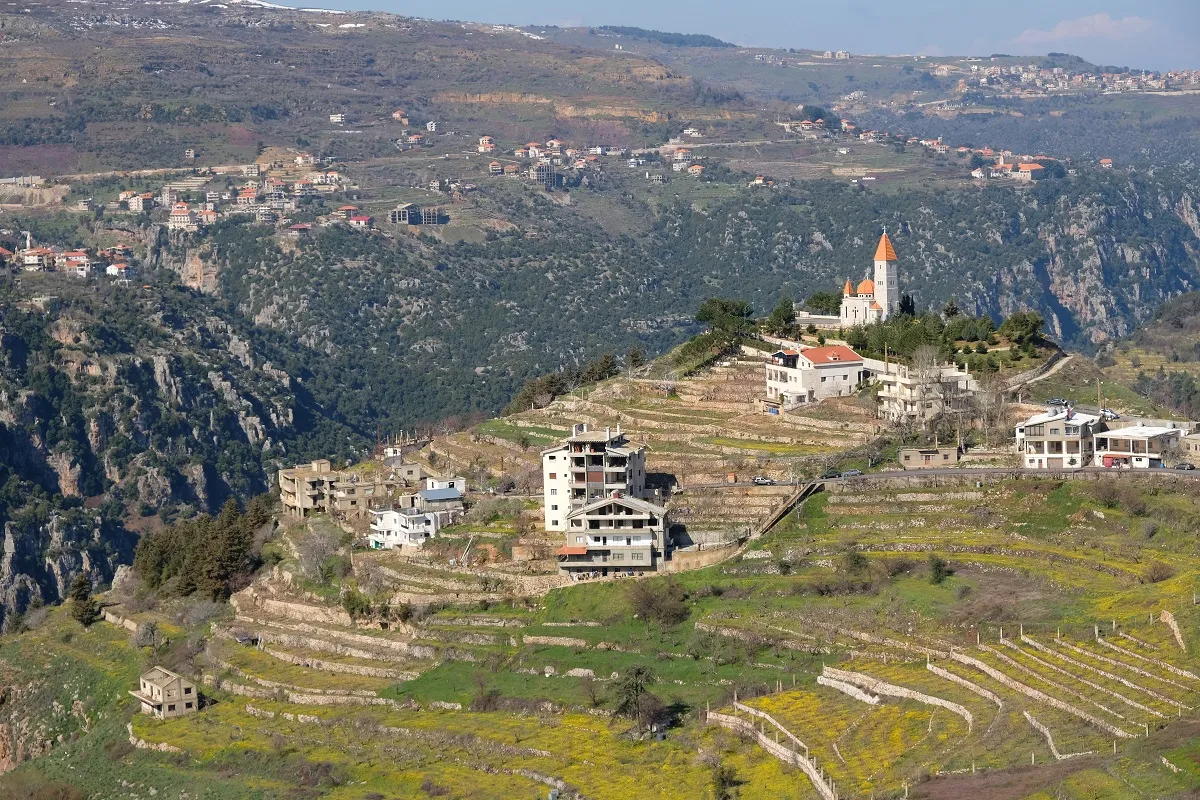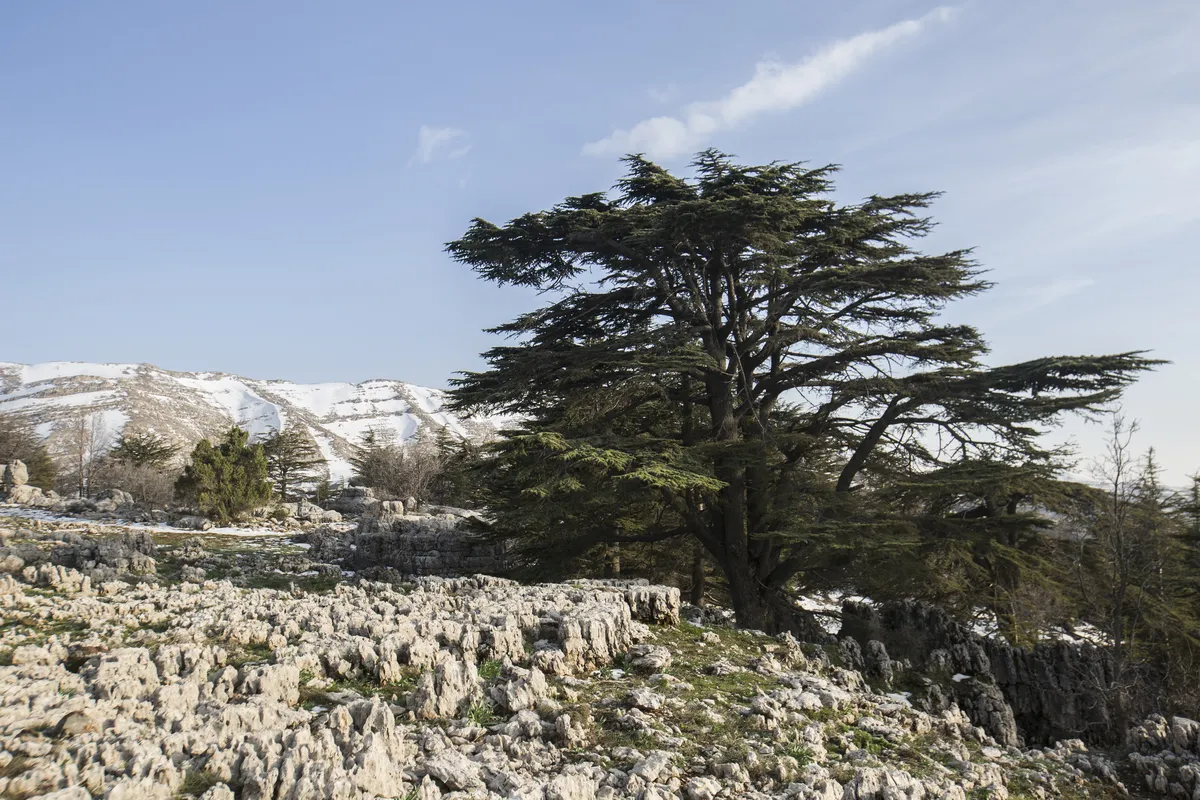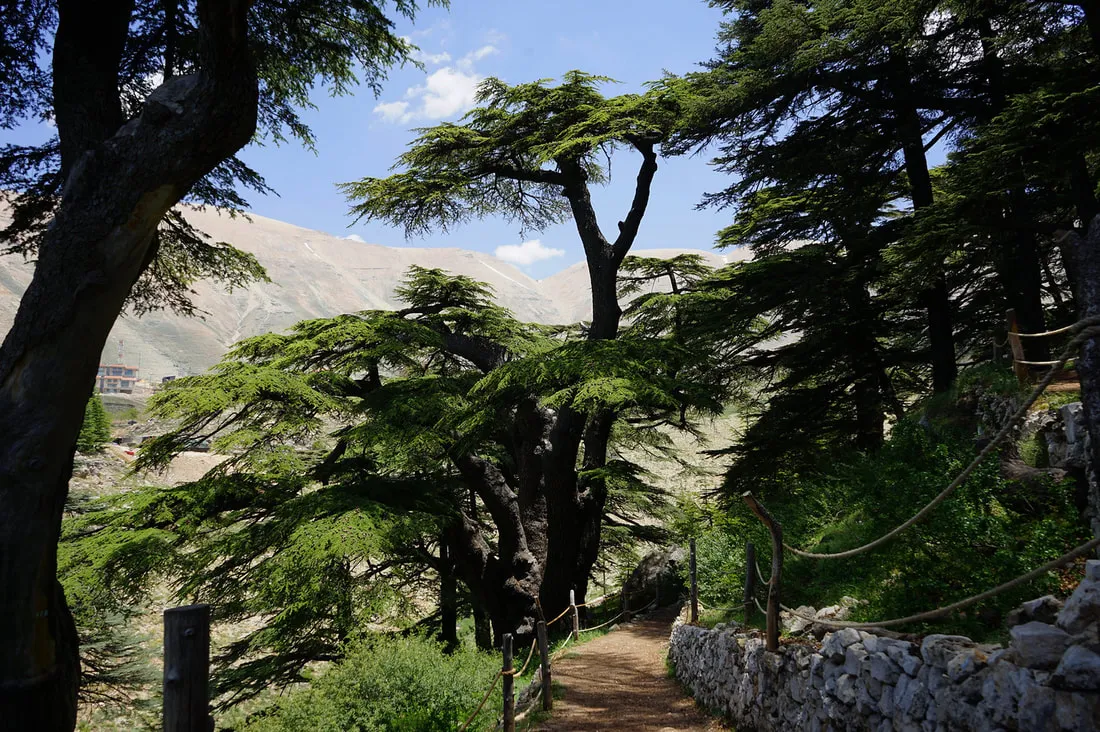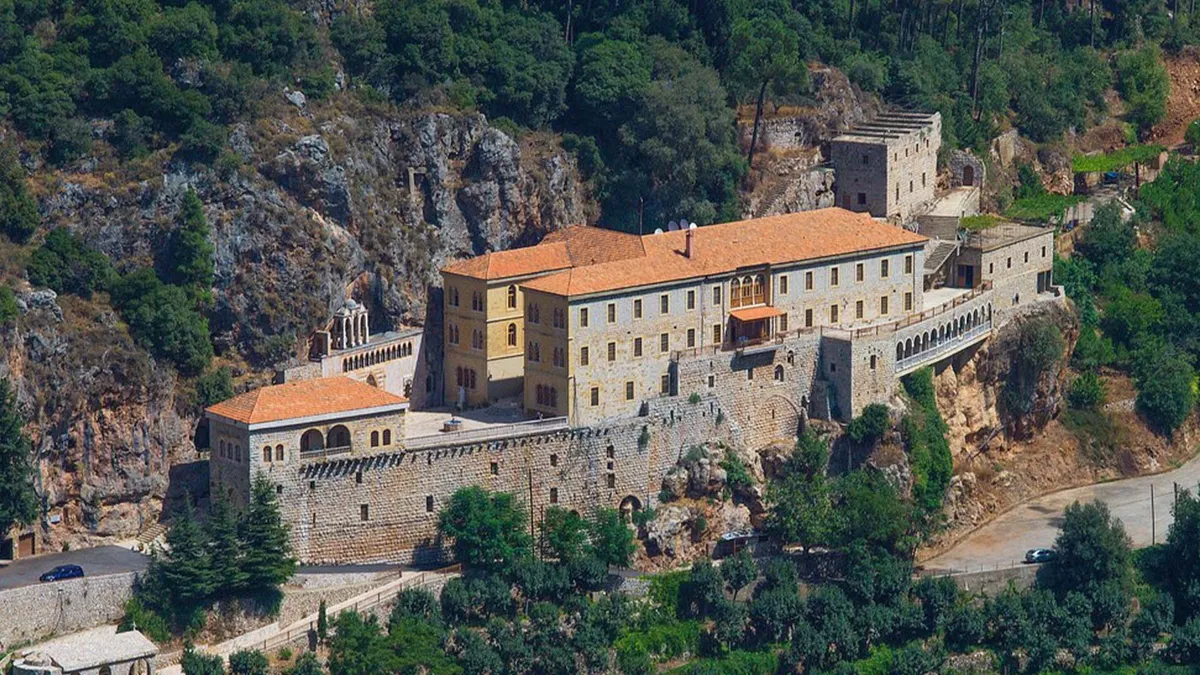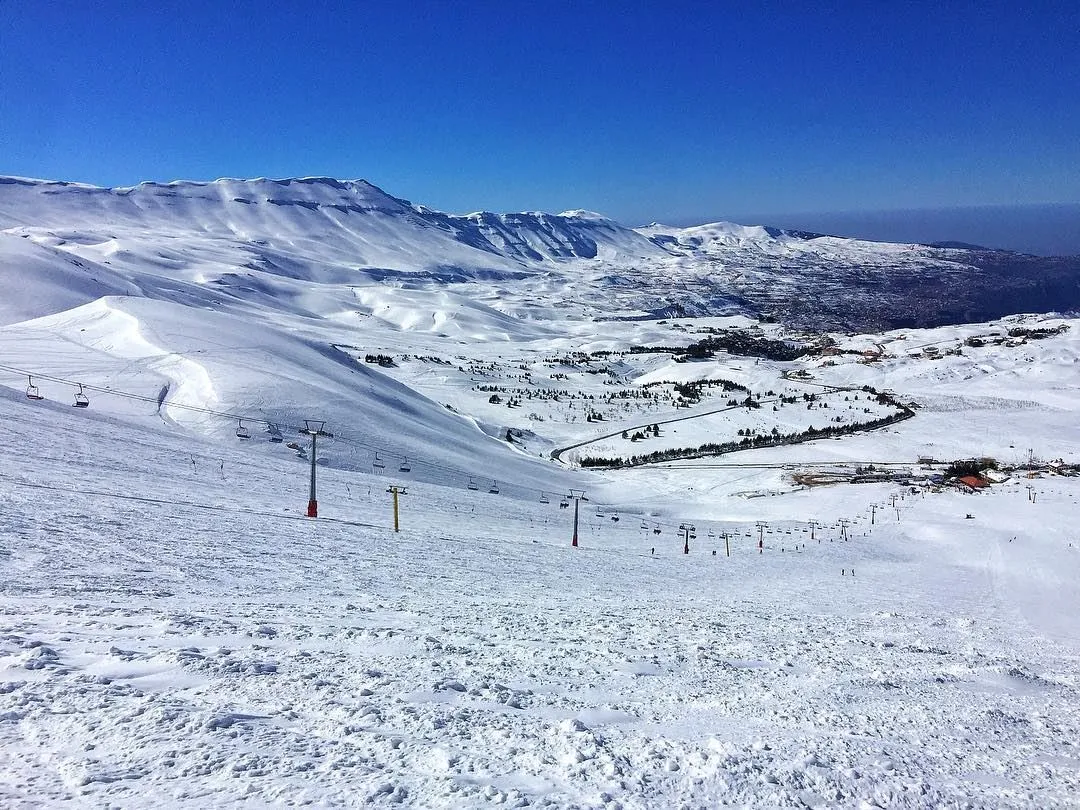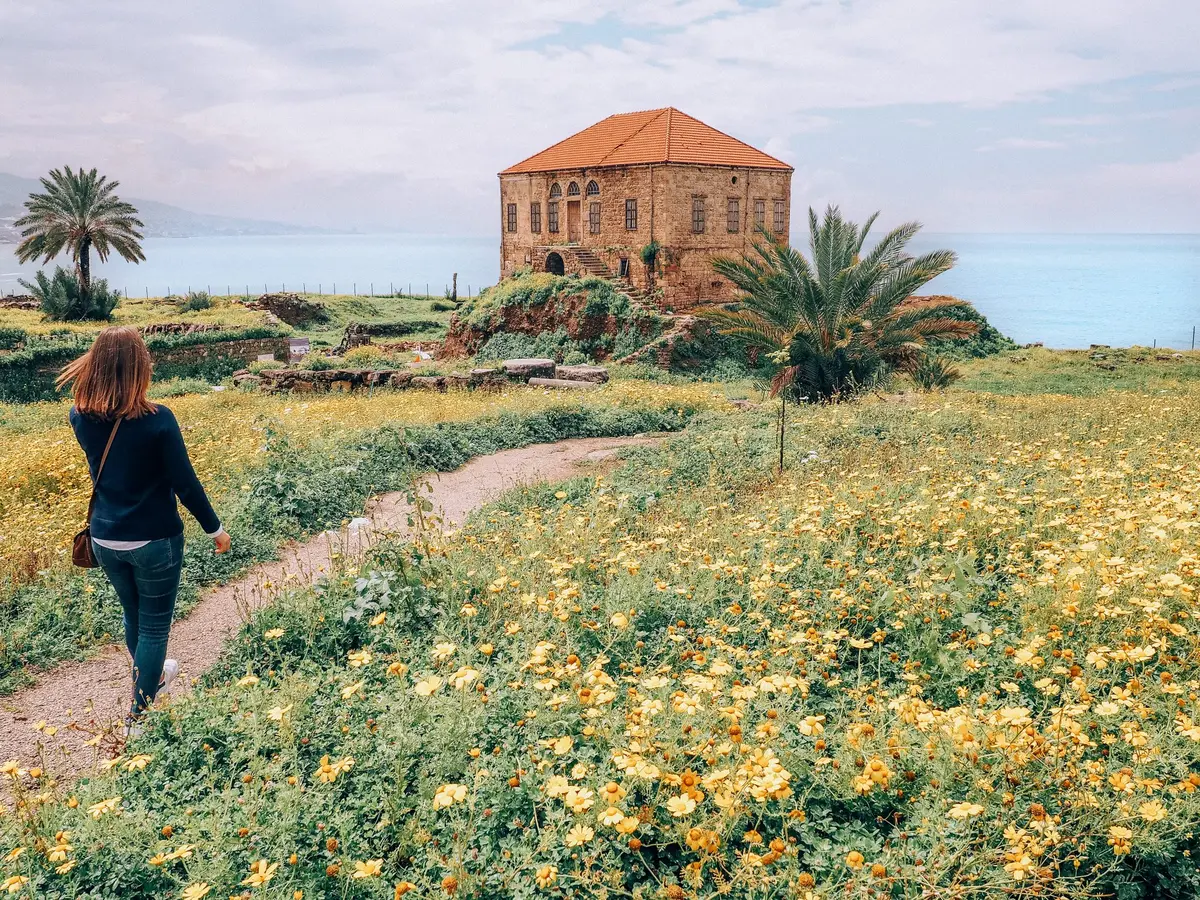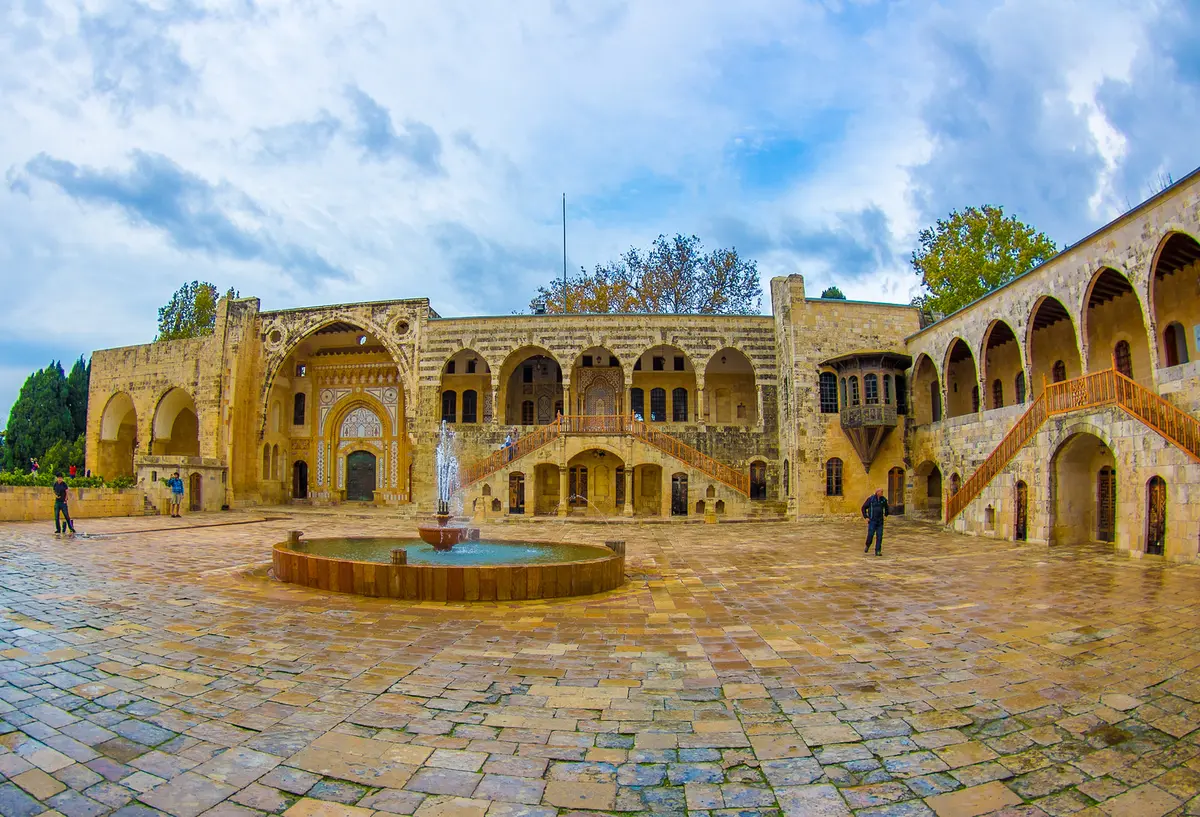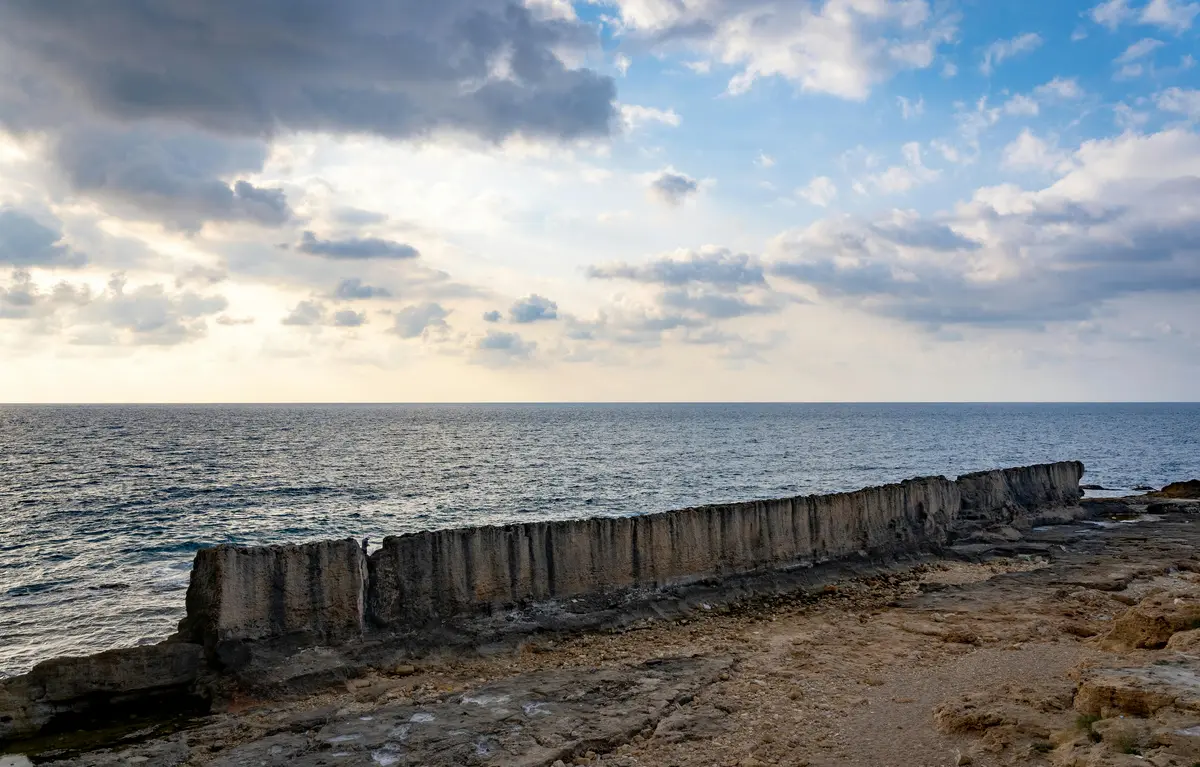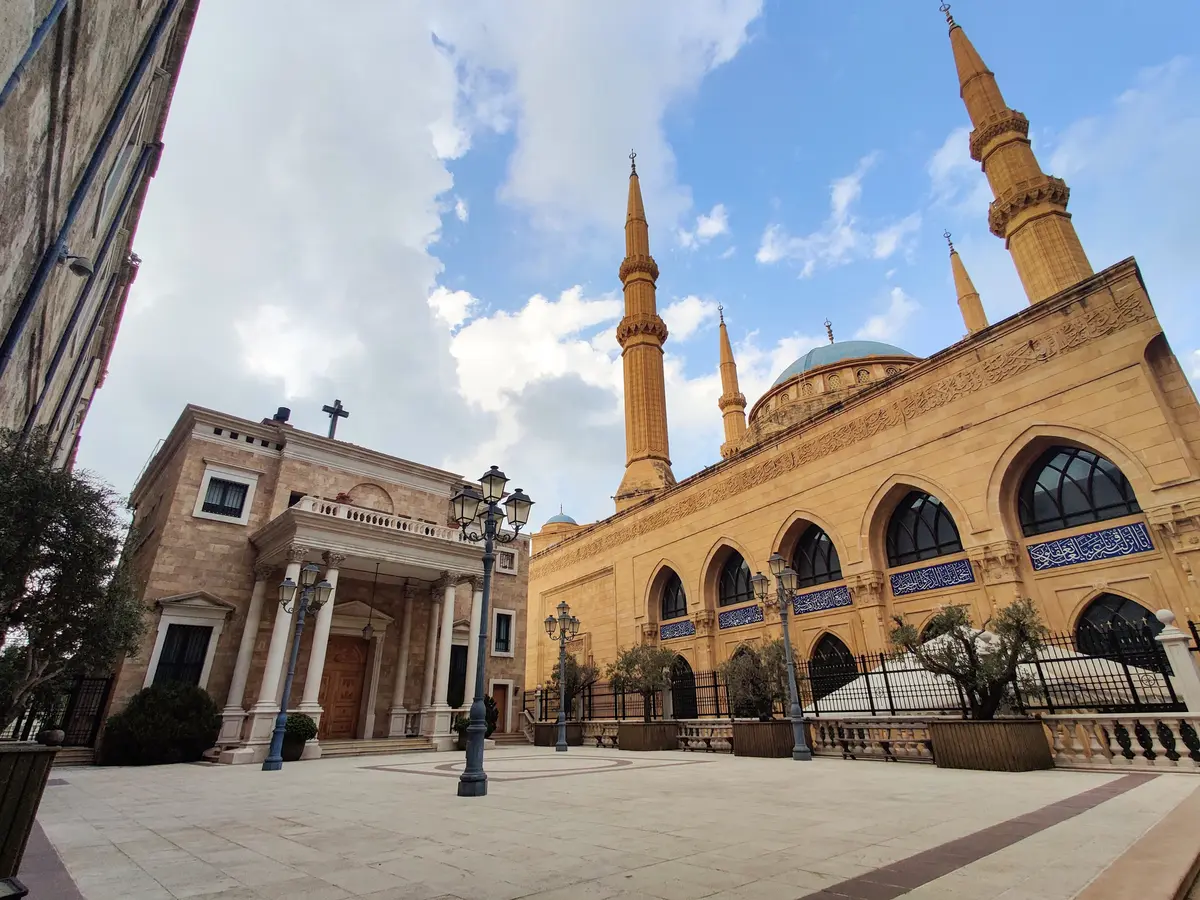The cedars of Lebanon are not just trees—they are living monuments that have witnessed over 4,000 years of human history. Nestled high in the mountains of northern Lebanon, these ancient giants, mentioned over 100 times in the Bible, stand as silent witnesses to empires, faiths, and the timeless rhythm of the mountains. If you are planning a trip to this UNESCO World Heritage site, you are in for an experience that transcends typical sightseeing. This travel guide will walk you through everything you need to know to make your pilgrimage to the Cedars of God truly unforgettable, from practical tips to the profound spiritual significance that makes this destination so special.
The Legendary History of Lebanon’s Cedar Trees
A Living Link to 4,000 Years of Civilization
The story of these cedars is inseparable from civilization itself. For thousands of years, this timber was the most prized natural resource in the ancient world, sought after for its aromatic scent, exceptional durability, and natural resistance to rot and insects.
The world’s greatest civilizations built their power with this legendary wood. The Phoenicians constructed their formidable merchant fleets from these decay-resistant timbers, enabling their maritime dominance. Ancient Egypt imported vast quantities for ships, palace doors, and sacred temples—the Palermo Stone records cedar imports as early as King Sneferu’s reign around 2600 BC. The wood’s aromatic resin was even crucial in their mummification process.
The Bible chronicles how King Hiram of Tyre supplied immense quantities of cedar to King David for his palace and later to Solomon for the magnificent First Temple in Jerusalem, which was almost completely paneled in cedar. The ancient Epic of Gilgamesh describes a divine Cedar Forest protected by the demigod Humbaba, highlighting its mythical status in the world’s earliest literature.
Biblical Symbolism: Strength, Righteousness, and Divine Warning
These cedars appear over 100 times in the Bible, making them one of the most significant natural symbols in Judeo-Christian tradition. Their immense height, deep roots, longevity, and evergreen nature became powerful metaphors for spiritual concepts.
Psalm 92:12 proclaims, “The righteous will flourish like a palm tree, they will grow like a cedar in Lebanon”—painting a picture of a soul that is deeply rooted, stable, and enduring through all seasons. The cedars are often referred to as trees “which He hath planted,” signifying they are a direct creation of God, nurtured by His provision.
But here’s the fascinating duality: the very majesty that made cedars symbols of greatness also made them metaphors for pride and downfall. The prophets Isaiah and Zechariah warned that the “day of the LORD” would come against “all the cedars of Lebanon, lofty and lifted up,” humbling those who had grown proud in their own strength.
From Near-Extinction to Conservation Success
The relentless demand over millennia took a heavy toll. Mountains once covered in thick cedar forests were gradually stripped, leaving only small, isolated groves by the early modern era. Travelers in the 16th and 17th centuries described visiting the Bsharri grove and counting fewer than 30 ancient trees remaining.
This near-extinction sparked some of the region’s earliest conservation efforts. In 1998, the most famous surviving grove—the “Cedars of God” (Horsh Arz el-Rab)—was designated a UNESCO World Heritage site, bringing global attention to protecting these living relics.
Today’s conservation programs are innovative and community-focused. At the Al-Shouf Cedar Nature Reserve, Lebanon’s largest, local communities participate in sustainable land management. Reforestation uses seedlings grown from locally collected seeds in special pots that “air prune” roots for stronger growth. Local workers clear flammable biomass from the forest floor, which gets compressed into “eco briquettes” for cooking and heating fuel.
Clearing Up the Confusion: Lebanon vs. Tennessee
Important note for US travelers: If you are searching for information on Cedars of Lebanon State Park in Tennessee, that is a different destination entirely. Named by early American settlers reminded of biblical forests, this beautiful Wilson County park features unique limestone glade ecosystems and Eastern Red Cedar trees (Juniperus virginiana)—which are actually a type of juniper, not true cedars. It offers wonderful hiking and camping in a distinctly American landscape.
This guide focuses exclusively on the ancient, biblical Cedar of Lebanon (Cedrus libani) in the Middle East—the tree adorning Lebanon’s national flag as a symbol of strength and resilience.
Planning Your Trip to the Cedars of Lebanon from the US
Getting to the Cedars of God from Beirut
The forest is located in the Bsharri district of northern Lebanon, approximately 120-130 km (75-81 miles) from Beirut. The journey itself is spectacular, winding up into the Mount Lebanon range with breathtaking views at every turn.
- Rental Car (2-3 hours, $30-50/day plus gas): This gives you maximum flexibility for a stunning scenic drive with the ability to stop at viewpoints whenever you want. The drive is an experience in itself—plan extra time to pull over and soak in the changing landscape. Fair warning: navigating mountain roads and local traffic can be challenging if you are not used to it.
- Private Taxi (1.5-2.5 hours, $110-140): This offers door-to-door convenience with a comfortable ride and local driver knowledge. It is the most expensive option, but you will arrive relaxed. Pro tip: agree on the price before you start to avoid surprises.
- Bus and Taxi Combo (2.5-3.5 hours, $3-15): This is the most budget-friendly option if you do not mind multiple transfers. Take a bus from Beirut’s Martyrs Square to Tripoli, then hire a local taxi for the final scenic hour to Bsharri. It is less comfortable and more time-consuming, but you will save money for an authentic mountain lunch.
- Organized Tour (Full day, 8-9 hours, $60-100 per person): This option is hassle-free with a guide, lunch, and often other stops like the Qadisha Valley and Gibran Museum bundled in. You will sacrifice some independence with a fixed itinerary, but it is an excellent choice for first-time visitors to Lebanon.
When to Visit: Choosing Your Season
The cedars of Lebanon offer a distinct, magical experience in every season, making it a year-round destination.
- Winter (December-March): The forest transforms into a true winter wonderland. As one traveler noted, “In the winter, it’s a beautiful time to visit the cedars as the mountain backdrop is draped in snow.” This is prime season for skiing and snowboarding at the adjacent Cedars Ski Resort, Lebanon’s oldest ski area—imagine combining ancient nature with alpine adventure.
- Spring (March-May): Arguably the ideal time for hiking. The weather is mild and pleasant, snowmelt feeds the streams, and the forest floor comes alive with blooming wildflowers.
- Summer (June-August): The high altitude provides a cool, refreshing escape from coastal heat and humidity. The deep shade of the ancient trees makes for comfortable, serene walks even on the warmest days.
- Autumn (September-November): The landscape bursts with vibrant reds and golds as surrounding deciduous trees change color. Crisp mountain air and comfortable temperatures make it perfect for hiking and photography.
Where to Stay: Hotels and Guesthouses with Mountain Soul
- Hotels: For comfort and amenities with spectacular mountain views, check out Cedars Palace with its memorable forest views, the highly-rated Le Cedrus Hotel, and Hotel L’Aiglon. As one guest at the nearby Douma Hotel reviewed: “The views are unbeatable and the staff is very helpful. The breakfast buffet is huge and served on a nice shady terrace.”
- Guesthouses: For a more intimate, authentic stay, consider local guesthouses like Tiger House Guest House. One visitor raved: “Great place in the heart of Bsharri. You feel at home the moment you enter. It’s warm, cozy, and has a great host who will welcome you and help with whatever you need… A real local experience, highly recommended!” Renovated historic homes like Bayt Wadad offer a unique blend of rustic charm and modern comfort.
Essential Visitor Information
- Location: The Cedars of God (Horsh Arz el-Rab) forest is in the Bsharri District, North Governorate of Lebanon, near Bsharri village.
- Entrance Fee: There is no fixed fee—it operates on a donation-based system with contributions going toward maintenance and preservation. A small donation is highly encouraged, and you will often receive a postcard as a souvenir.
- Operating Hours: Generally open daily from morning until late afternoon, though hours can vary. Arrive with plenty of time to explore before closing.
- What to Wear and Bring: Comfortable walking shoes are a must, regardless of the season. The mountain air is always cooler than the coast, so dress in layers and bring a jacket. Pack water, sunscreen, a hat, and definitely a camera for the majestic scenery.
Walking Through 3,000 Years of History
First Impressions of the Ancient Cedar Forest
No amount of historical reading prepares you for the feeling of entering the Cedars of God grove. It transcends tourism and touches something deeper. As visitor Ahmad S. eloquently shared:
“I drove over two hours to get to this incredible place, and every minute was worth it… The scenery inside the forest is not just breathtaking — it’s truly mesmerizing. Towering cedar trees, including some believed to be over 6,000 years old, stand as silent witnesses to Lebanon’s ancient past. It’s a living testament to God’s creation, full of peace, power, and wonder… I left feeling inspired, humbled, and more connected than ever to the soul of my lovely country.”
The air feels different here—crisp, clean, and filled with the subtle resinous scent of cedar. The scale is humbling. Some trees are estimated to be between 3,500 and 6,000 years old, their massive trunks contorted into unique shapes by centuries of wind and snow. They are not uniform but individualistic, each with its own character, some growing in clusters, others standing as solitary giants.
The Main Trail: A 30-Minute Walk Through Millennia
The main visitor experience centers around a well-maintained loop trail winding through the heart of the 25-acre park. The trail is approximately 1.6 kilometers (1 mile) long and can be completed at a leisurely pace in 30 to 40 minutes—making the ancient forest accessible to visitors of all fitness levels.
Along the path, you will observe several key features. A small, historic Maronite chapel sits quietly among the trees, a place for prayer and reflection that underscores the forest’s sacred status. You might notice intricate carvings etched into fallen cedar trunks, including one depiction of Jesus Christ, transforming deadwood into art. The path offers stunning perspectives of the trees, letting you appreciate their immense scale and the unique way their branches spread horizontally, creating a dense, protective canopy.
What Travelers Are Saying
- From a Google reviewer: “This is one of my favorite places in Lebanon. Every time I visit, I enjoy my time the same as the first visit. The place is peaceful. The trees are majestic. The environment is simply beautiful.” (Antoun Boustani)
- From a trekker’s blog: “These gargantuan, Methuselah-like cedars seemed as if they were taken out of a fairytale. The forest floor was carpeted with colorful flowers and laced with scores of paths.” (Dimi)
- From a Viator reviewer: “My favorite trip in Lebanon. Cedars of Lebanon is not a big park. Perfect. So moving to be there and all the biblical stories of the Cedars of Lebanon!” (Teresa D)
Beyond the Forest: Exploring the Sacred Qadisha Valley
The Holy Valley (Ouadi Qadisha): Where Faith Meets Nature
To visit the cedars of Lebanon and not explore the Qadisha Valley is to see a crown jewel without its setting. The two are intrinsically linked, forming a single UNESCO World Heritage site. The valley provides essential historical and spiritual context for the forest—for centuries, its rugged cliffs served as refuge for Christian monastic communities fleeing persecution.
Known as the Holy Valley, Ouadi Qadisha is one of the world’s most important early Christian monastic settlements and a stunning hiking destination. The valley floor and cliffsides are dotted with ancient monasteries, chapels, and hermitages, many carved directly into the rock.
- Easy Walks: Routes along flat valley floor paths connecting the main monasteries, ranging from one hour to a full day.
- Moderate Hikes: The popular 5 km (3.1 miles) trail from the Monastery of Mar Elisha to the working convent of Deir Qannoubin takes approximately 1.5 to 2 hours.
- Difficult Treks: Section 7 of the Lebanon Mountain Trail offers a challenging 13.2 km (8.2 miles) hike from Qozhaya to Bsharri with steep ascents but spectacular, sweeping valley views.
Key monasteries include the Monastery of St Anthony of Quzhayya, Our Lady of Hauqqa, Deir Qannoubin, and the Monastery of Mar Lichaa (St. Elisha).
The Gibran Museum: Honoring a Prophet
Your visit would not be complete without paying homage to Kahlil Gibran, the region’s most famous son—poet, artist, and philosopher. Located in his hometown of Bsharri, the museum is housed in the former Monastery of Mar Sarkis and contains an extensive collection of Gibran’s paintings, drawings, and personal belongings returned from New York after his death. His tomb is also located within, making it a pilgrimage site for admirers worldwide.
Practical Details: The museum is typically closed on Mondays, the entrance fee is approximately 10,000 Lebanese Pounds, and there is a strict no-photography policy inside to protect the artworks.
Authentic Mountain Cuisine in Bsharri
The culinary experience in Bsharri is a highlight of any trip. Mountain cuisine is hearty, fresh, and deeply traditional. Seek out local specialties like Manakish (delicious flatbread topped with za’atar or cheese), Mujadara (comforting lentils and rice with caramelized onions), and fresh saj bread baked on a domed griddle by local women.
Al Zaytouni receives rave reviews for its authentic, family-run atmosphere. As one visitor shared: “A family-run restaurant with outstanding meals served with ingredients all sourced locally. The labneh & Awarma is a must.”
Masa Restaurant is another favorite, known for its cozy ambiance and delicious mezze and grilled meats.
For the Adventurous: Skiing in the Shadow of Cedars
Cedars Ski Resort: Lebanon’s Oldest Winter Destination
Just a few kilometers from the ancient forest lies a different attraction: the Cedars Ski Resort, Lebanon’s oldest and most historic winter sports destination. The first ski lift was installed in 1953, and it has been a beloved winter escape for generations.
The resort’s high altitude—with some peaks reaching nearly 3,000 meters (over 9,800 feet)—ensures a long, reliable ski season from December through April. It features runs for all skill levels, from gentle beginner slopes to challenging terrain for experienced skiers. For the truly adventurous, the area is a hub for cross-country skiing, snowshoeing, and backcountry ski touring, with Lebanon’s highest peak, Qornet al Sawda, offering thrilling freeride opportunities.
A trip to the cedars of Lebanon is a pilgrimage that deeply rewards the experiential traveler. It is an opportunity to walk through living history, connect with the spiritual roots of ancient faiths, and witness the profound resilience of both nature and a nation. The experience extends beyond the majestic forest into the sacred quiet of Qadisha Valley’s rock-hewn monasteries, the artistic soul of Kahlil Gibran’s hometown, and the warm hospitality of a mountain village. Travelers who make the journey consistently speak of being humbled and inspired, feeling a connection to something timeless. Visiting the cedars of Lebanon is a reminder that some of the world’s greatest wonders are not built of stone but of wood and earth, growing slowly over millennia—and to stand in their presence is to feel that ancient force for yourself.
